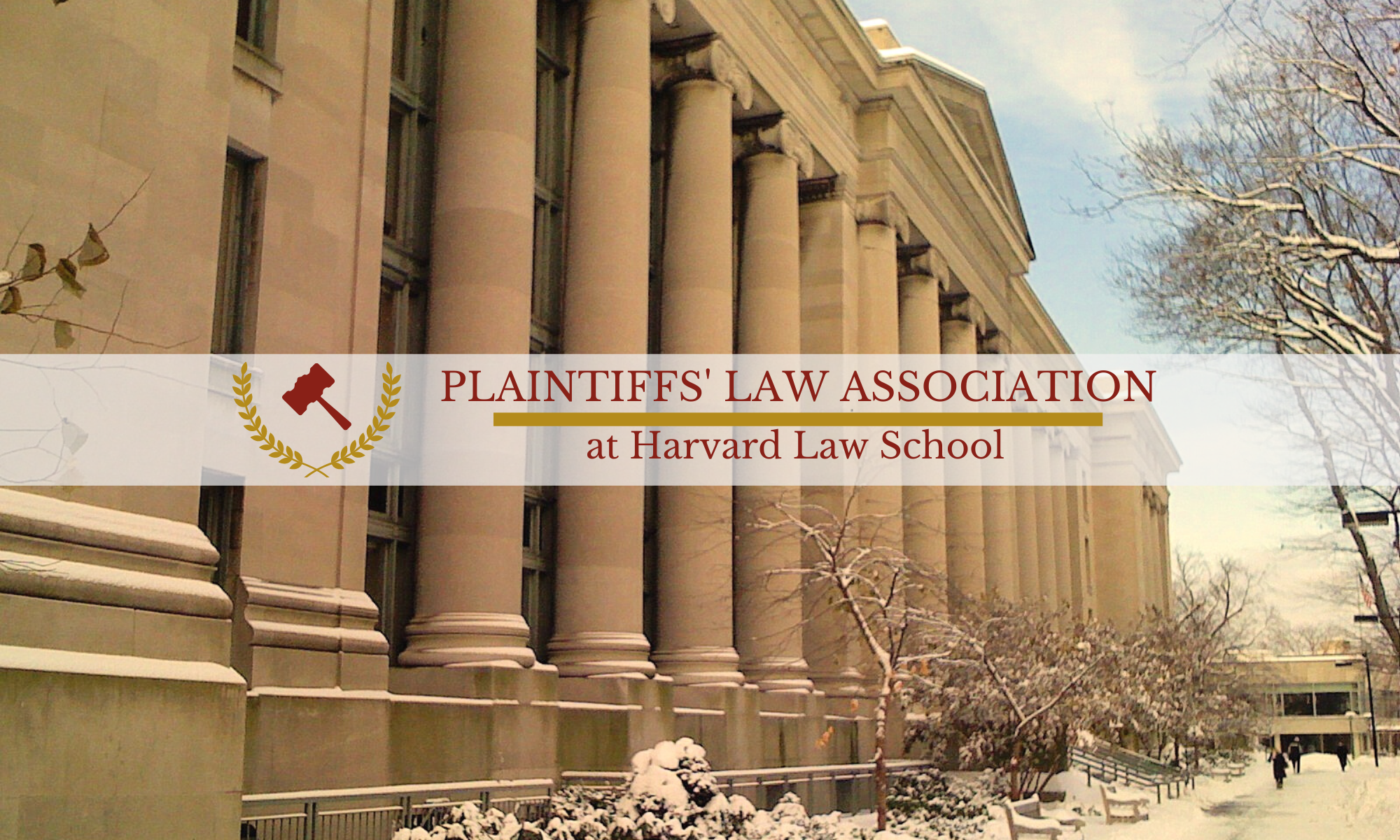By David Walsh
Deepak Gupta, a Lecturer in Law at Harvard Law School and founding principal of Gupta Wessler PLLC, is a modern-day David. His Goliath? The corporate appellate bar. HPLA and the Harvard People’s Parity Project joined Gupta for lunch last week, where we talked about equity of representation at the appellate level.
The corporate appellate bar, comprised of former Solicitors General, Supreme Court clerks, and graduates of elite law schools, is an unprecedented accumulation of legal talent.[1] Corporations facing antitrust, mass tort, and securities suits have appellate SEAL teams ready to mobilize before trial verdicts are even announced. On the plaintiffs’ side, appellate representation doesn’t match up. For those concerned with civil justice and corporate accountability, this imbalance is a serious problem.[2] Read more
